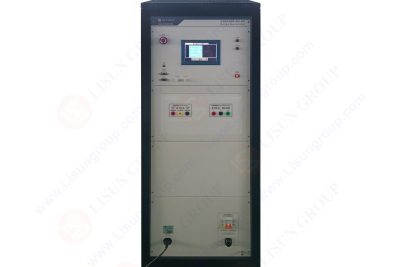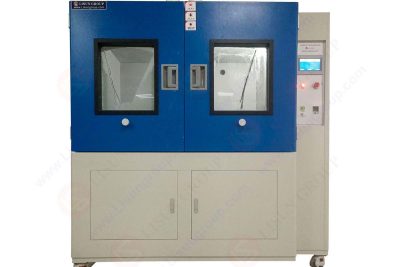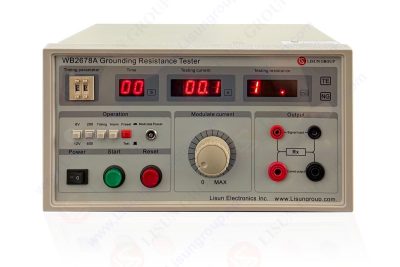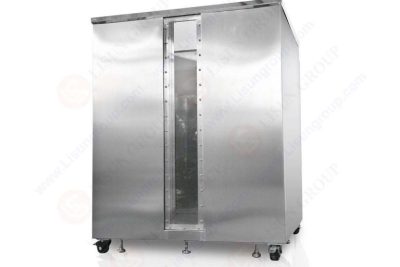
Safety inspection of electrical and electronic products in regard to fire safety is a prerequisite in the world-wide industries. As devices get smaller and denser and thermally, internal components are closer to their material constraints, and the probability of ignition in the event of electrical fault goes up. The glow wire test was created in order to mimic realistic fire-initiating scenarios a...

Corrosion testing will enable industries to know the behaviour of the materials when exposed to unfavourable conditions taken in the long term. The high stability, depth of constant density of the fog, and sound environmental control are important in long-duration tests, i.e. 240-hour or 500-hour and even 1000-hour test cycles. Salts spray cabinet serves as a key feature in this, since it enables ...

The modern power distribution networks have been based on the use of protective devices that do not fail when responding to sudden changes in electricity. The origin of these transients can be lightning, switching of loads with high inductance, grid noise, capacitor bank energization or equipment faults. Surge protecting elements, insulation systems, arrestors, breakers in a distribution, and rela...

Devices that are electronic, industrial, car, battery-powered, and field-mounted often work in dusty environments. Small yet at first sight harmless, dust particles will eventually destroy insulation, mechanics, and surfaces of interfaces. After getting into an enclosure, dust is not passive and it can change over time, changing electrical behaviour, surface friction, airflow, and heat dissipation...

The current LED lighting systems no longer have bare power and brightness values in printed packets or packaging. End users require real-life lighting behaviour, i.e. what is the width of the beam, how evenly illuminated an object is, and at what currents will the light remain constant. These values are a subject of laboratory measurements done with a specialized device called a goniophotometer, w...

Photometric testing is still a critical need to light manufacturers, LED modules manufacturers, automotive lamp manufacturers, display manufacturers, and architectural lighting manufacturers. The possibility of defining luminous flux and even measuring spectral power distribution would not be possible without a space in which light is uniform across the board irrespective of emission pattern. The ...

Abstract Ground resistance testing is a fundamental and mandatory inspection for assessing the safety of electrical equipment and systems. A ground resistance tester evaluates the integrity of protective earth connections by injecting a standardized test current and accurately measuring the resultant resistance. This provides the critical quantitative data needed to prevent electric shock, lightni...

Waterproofing is a critical design consideration to current electronic and mechanical designers that consider using their products in wet or outdoor environments. Consumer electronics, industrial controllers, LED outdoor systems, smart sensors, tracking accessories, power units as well as medical electronics should be resistant to frequent exposure to moisture, rainfall, humidity variability, pres...

Abstract In the modern display technology and lighting industries, spectrum testers, also known as spectroradiometers, have become indispensable tools for measuring color, luminance, and spectral power distribution. Their performance is critical for quality control, research and development, and standards compliance. This article delves into the technical principles of fast CCD array-based spectru...